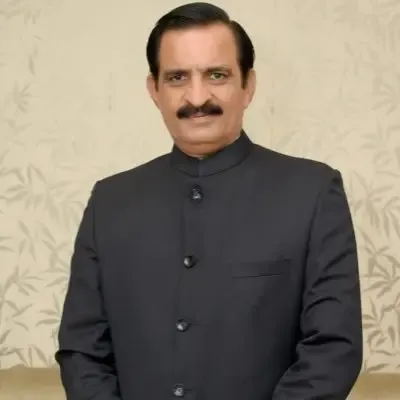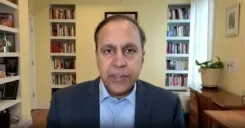How Does the PM Gati Shakti Master Plan Reduce India’s Logistics Costs by 5% of GDP?

Synopsis
Key Takeaways
- Logistics costs reduced significantly to 7.8-8.9% of GDP.
- Improved position in the World Bank Logistics Performance Index.
- Ambitious goals for infrastructure expansion.
- Need for enhanced coordination and private sector participation.
- Potential for job creation and regional development.
New Delhi, July 3 (NationPress) The logistics expenses in India have decreased to between 7.8% and 8.9% of GDP, a significant reduction from earlier estimates of 13-14%, according to research conducted by the National Council of Applied Economic Research (NCAER). This change highlights the effectiveness of the PM Gati Shakti National Master Plan aimed at infrastructure enhancement, as detailed in the report titled 'Gati Se Pragati', released on Thursday.
Despite this improvement, the logistics costs in India still exceed the global standard of 6-8% observed in developed nations. This scenario positions India advantageously to attain world-class logistics efficiency through well-coordinated infrastructure development. Moreover, India’s rise in the World Bank’s Logistics Performance Index from 44th to 38th in 2023 signifies positive progress, although there remains considerable room for further growth, as indicated by the report.
The PM Gati Shakti National Master Plan is the most ambitious initiative for infrastructure coordination in India, revolutionizing the country's approach to connectivity and economic development. The report reveals that while the initiative has laid down strong institutional frameworks and made initial coordination strides, there are still substantial opportunities to expedite India’s economic transformation through focused interventions across its seven infrastructure engines.
This seven-engine framework adopts a comprehensive strategy encompassing roads, railways, airports, ports, waterways, mass transit, and logistics infrastructure, all contributing uniquely to India’s connectivity ecosystem.
The program sets lofty goals: expanding national highways to 200,000 km, boosting railway freight capacity to 1,600 million tonnes, establishing 200-220 new airports, and achieving full multi-modal integration.
These ambitions align with India’s broader economic targets while addressing critical infrastructure challenges that have historically hindered growth. However, significant implementation hurdles remain across all seven engines, including funding gaps, regulatory complexities, land acquisition delays, and coordination shortcomings between central and state authorities.
The analysis shows that while the institutional framework is in place, moving from coordination mechanisms to expedited project delivery necessitates a heightened emphasis on technology adoption, private sector engagement, and streamlined approval processes.
The economic impact assessment reveals considerable multiplier effects from infrastructure investments, with each rupee invested yielding between 2.5 and 4.0 times economic output, varying by infrastructure type. Roads and railways display the highest multipliers, while emerging sectors like inland waterways hold substantial untapped potential.
The socio-economic advantages extend beyond mere economic impact, including job creation, regional development, environmental sustainability, and improved living standards for citizens. Strategic measures identified for effective Gati Shakti implementation encompass establishing real-time project monitoring systems, creating dedicated infrastructure financing methods, enhancing private sector involvement via innovative models, and boosting capacity-building initiatives across implementing agencies, as per the report.
Ultimately, the success of PM Gati Shakti hinges on ongoing political commitment, sufficient resource allocation, and continual adaptation of coordination mechanisms to meet emerging challenges and opportunities, the report concluded.










